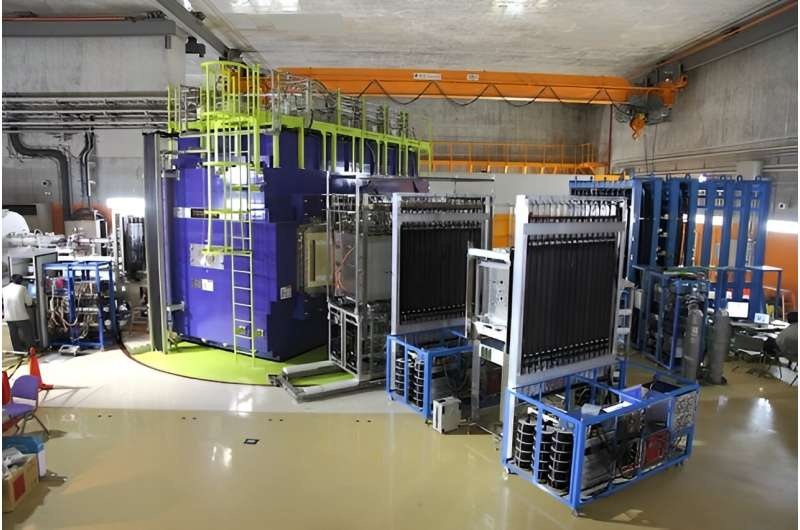Recent findings from the SAMURAI experiment at RIKEN’s RI Beam Factory in Japan have shed light on the unexpected behavior of rare nuclear isotopes, hinting at the presence of a superfluid phase in 29F and 28O. This groundbreaking discovery could lead to a deeper understanding of nuclear structure and the composition of neutron stars.

The Mysterious 30F Isotope
In order to complement the experimental discovery of the 30F isotope, an international research team involving physicists from RIKEN, GSI-FAIR, and TU Darmstadt as well as various other institutions around the world set out in search for a possible realization of spectroscopy of this neutron-rich nucleus and its adjacent properties such as the neutron separation energy. The isotope 30F has a half-life of but 10-20 seconds, which makes direct measurements quite difficult.
With a study of 30F decay products, the researchers reconstructed properties such as its ground-state resonance and mass. It gave vital clues about the nuclear structure of this rare isotope far from the valley of stability.
What Happens When Nuclear Magicity Goes Bust
Their results indicate that the conventional nuclear structure breaks down and is no longer dominated by 20 neutrons (for the fluorine, Z=9, and oxygen, Z=8 isotopes). This unexpected implication baffles the current knowledge of nuclear physics which classically considers peak values known as “magic numbers” — close ended by nucleons in their respective shells — owning to a stable orientation and energy gaps respectively induced from nuclear structures.
The researchers suggest that 28O and 29F sit in a superfluid state of nuclear matter, where the extra neutrons gain preference to pair up and flow more freely between different energy levels. It is an unusual example of a pure superfluid phase in the chart of nuclides (a behaviour until then only found in heavier tin isotopes).
Conclusion
These discoveries by the SAMURAI21/NeuLAND Collaboration reveal new territories to explore with exotic isotopes and their underlying phases. In scrutinizing the boundaries of nuclear physics, these scientists have discovered surprising new phenomena that could impact everything from the modeling of neutron stars to our most basic understanding of the existence.
